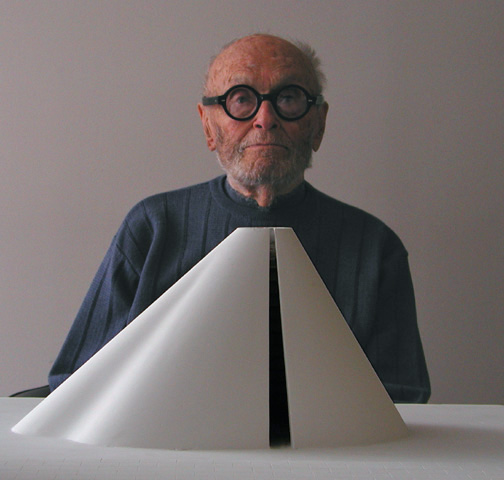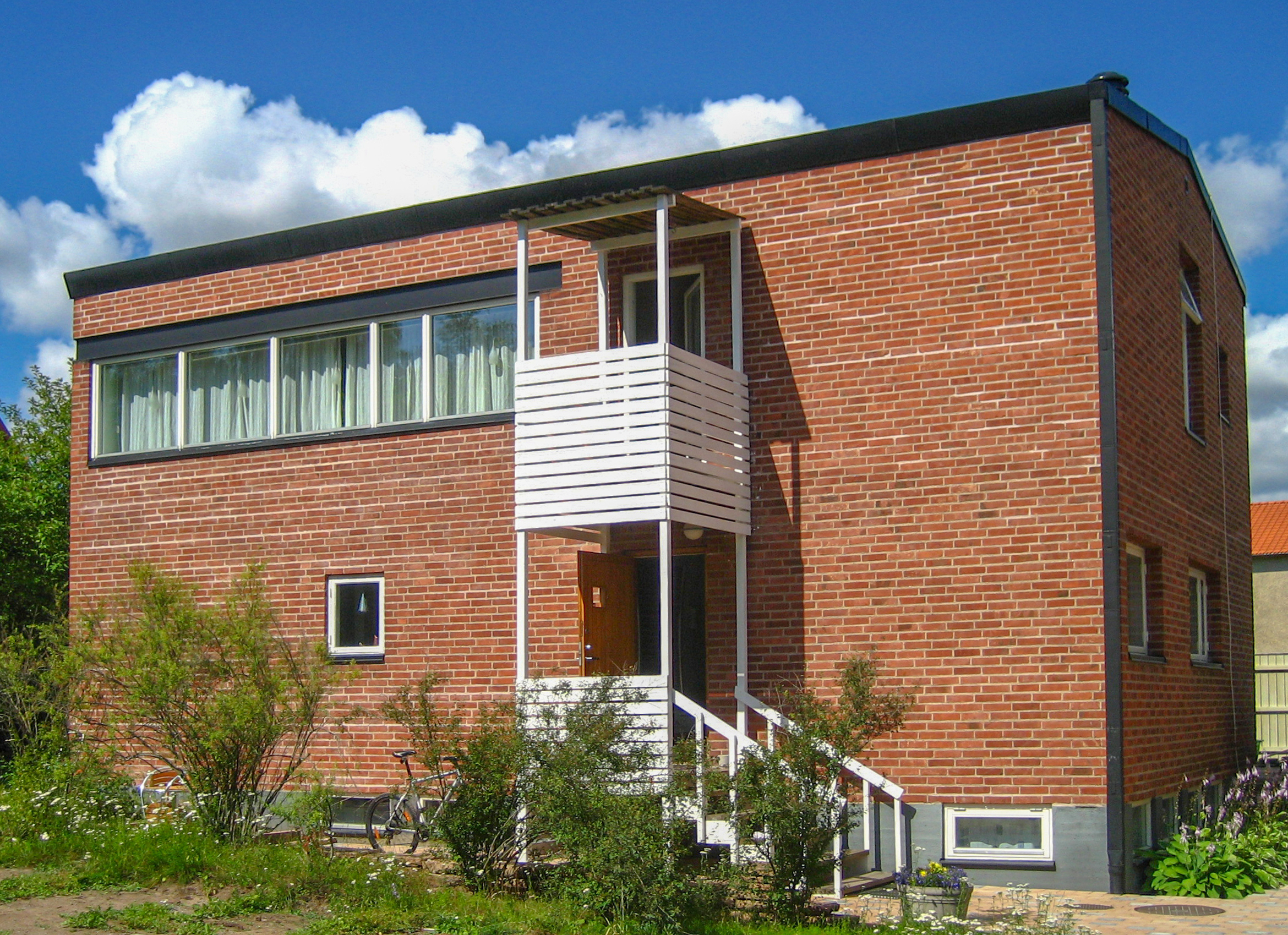|
Paulista School
The Paulista School (Escola Paulista, São Paulo School) was an informal group of Brazilian architects who formed in the 1950s. As opposed to the smoother curvy surfaces of the Rio (Carioca) School typified by Oscar Niemeyer, the Paulista work embraced exposed concrete structures, chunkier massing, and rougher finishes. The two primary figures associated with the Paulista School are the Pritzker Prize-winner Paulo Mendes da Rocha and João Batista Vilanova Artigas; other figures include Joaquim Guedes and Oswaldo Bratke. See also * Brutalist architecture Brutalist architecture is an architectural style that emerged during the 1950s in the United Kingdom, among the reconstruction projects of the post-war era. Brutalist buildings are characterised by minimalist constructions that showcase the ba ... References Architecture in Brazil {{Authority control ... [...More Info...] [...Related Items...] OR: [Wikipedia] [Google] [Baidu] |
São Paulo
São Paulo (, ; Portuguese for 'Saint Paul') is the most populous city in Brazil, and is the capital of the state of São Paulo, the most populous and wealthiest Brazilian state, located in the country's Southeast Region. Listed by the GaWC as an alpha global city, São Paulo is the most populous city proper in the Americas, the Western Hemisphere and the Southern Hemisphere, as well as the world's 4th largest city proper by population. Additionally, São Paulo is the largest Portuguese-speaking city in the world. It exerts strong international influences in commerce, finance, arts and entertainment. The city's name honors the Apostle, Saint Paul of Tarsus. The city's metropolitan area, the Greater São Paulo, ranks as the most populous in Brazil and the 12th most populous on Earth. The process of conurbation between the metropolitan areas around the Greater São Paulo (Campinas, Santos, Jundiaí, Sorocaba and São José dos Campos) created the São Paulo Macrometr ... [...More Info...] [...Related Items...] OR: [Wikipedia] [Google] [Baidu] |
Brazil
Brazil ( pt, Brasil; ), officially the Federative Republic of Brazil (Portuguese: ), is the largest country in both South America and Latin America. At and with over 217 million people, Brazil is the world's fifth-largest country by area and the seventh most populous. Its capital is Brasília, and its most populous city is São Paulo. The federation is composed of the union of the 26 States of Brazil, states and the Federal District (Brazil), Federal District. It is the largest country to have Portuguese language, Portuguese as an List of territorial entities where Portuguese is an official language, official language and the only one in the Americas; one of the most Multiculturalism, multicultural and ethnically diverse nations, due to over a century of mass Immigration to Brazil, immigration from around the world; and the most populous Catholic Church by country, Roman Catholic-majority country. Bounded by the Atlantic Ocean on the east, Brazil has a Coastline of Brazi ... [...More Info...] [...Related Items...] OR: [Wikipedia] [Google] [Baidu] |
Architect
An architect is a person who plans, designs and oversees the construction of buildings. To practice architecture means to provide services in connection with the design of buildings and the space within the site surrounding the buildings that have human occupancy or use as their principal purpose. Etymologically, the term architect derives from the Latin ''architectus'', which derives from the Greek (''arkhi-'', chief + ''tekton'', builder), i.e., chief builder. The professional requirements for architects vary from place to place. An architect's decisions affect public safety, and thus the architect must undergo specialized training consisting of advanced education and a ''practicum'' (or internship) for practical experience to earn a Occupational licensing, license to practice architecture. Practical, technical, and academic requirements for becoming an architect vary by jurisdiction, though the formal study of architecture in academic institutions has played a pivotal role in ... [...More Info...] [...Related Items...] OR: [Wikipedia] [Google] [Baidu] |
Oscar Niemeyer
Oscar Ribeiro de Almeida Niemeyer Soares Filho (15 December 1907 – 5 December 2012), known as Oscar Niemeyer (), was a Brazilian architect considered to be one of the key figures in the development of modern architecture. Niemeyer was best known for his design of civic buildings for Brasília, a planned city that became Brazil's capital in 1960, as well as his collaboration with other architects on the headquarters of the United Nations in New York. His exploration of the aesthetic possibilities of reinforced concrete was highly influential in the late 20th and early 21st centuries. Both lauded and criticized for being a "sculptor of monuments", Niemeyer was hailed as a great artist and one of the greatest architects of his generation by his supporters. He said his architecture was strongly influenced by Le Corbusier, but in an interview, assured that this "didn't prevent isarchitecture from going in a different direction".Salvaing, Matthieu (2002) ''Oscar Niemeyer''. ... [...More Info...] [...Related Items...] OR: [Wikipedia] [Google] [Baidu] |
Pritzker Prize
The Pritzker Architecture Prize is an international architecture award presented annually "to honor a living architect or architects whose built work demonstrates a combination of those qualities of talent, vision and commitment, which has produced consistent and significant contributions to humanity and the built environment through the art of architecture.” Founded in 1979 by Jay A. Pritzker and his wife Cindy, the award is funded by the Pritzker family and sponsored by the Hyatt Foundation. It is considered to be one of the world's premier architecture prizes, and is often referred to as the Nobel Prize of architecture. The Pritzker Architecture Prize is said to be awarded "irrespective of nationality, race, creed, or ideology". The recipients receive US$100,000, a citation certificate, and, since 1987, a bronze medallion. The designs on the medal are inspired by the work of architect Louis Sullivan, while the Latin inspired inscription on the reverse of the medallion—''f ... [...More Info...] [...Related Items...] OR: [Wikipedia] [Google] [Baidu] |
Paulo Mendes Da Rocha
Paulo Mendes da Rocha (October 25, 1928 – May 23, 2021) was a Brazilian architect. Mendes da Rocha attended the Mackenzie Presbyterian University College of Architecture, graduating in 1954. Working almost exclusively in Brazil, Mendes da Rocha began designing buildings in 1957, many of them built in concrete, a method some call "Brazilian Brutalism", arguably allowing buildings to be constructed cheaply and quickly. He contributed many notable cultural buildings to São Paulo and is widely credited with having enhanced and revitalized the city. Mendes da Rocha was a professor at the Architecture College of University of São Paulo, known as FAU-USP, until 1998. His work was influenced by Brazilian architect Vilanova Artigas, from the paulist Brazilian School. He was honored with the Mies van der Rohe Prize (2000), the Pritzker Prize (2006), and the Venice Biennale The Venice Biennale (; it, La Biennale di Venezia) is an international cultural exhibition ho ... [...More Info...] [...Related Items...] OR: [Wikipedia] [Google] [Baidu] |
João Batista Vilanova Artigas
João Batista Vilanova Artigas (June 23, 1915 – January 12, 1985) was a Brazilian modernist architect. Born in Curitiba, Artigas is considered one of the most important names in the architectural history of São Paulo, and the founding figure of the Paulista School. Life Artigas attended the Polytechnic School of the University of São Paulo and after his graduation in 1937, he worked with Russian-Brazilian architect Gregori Warchavchik on the remodeling of Praça da República. From 1941 through 1947 he served as professor of aesthetics, architecture and planning, and was awarded a Guggenheim Fellowship in 1946. Along with Paulo Mendes da Rocha, Artigas's membership in the Brazilian Communist Party resulted in his removal from his teaching position in 1969. Both were reinstated in the 1980s. Artigas' work is common viewed in three phases. The first phrase, from 1937 through about 1945, shows an obvious influence from Frank Lloyd Wright in residential design; from 1 ... [...More Info...] [...Related Items...] OR: [Wikipedia] [Google] [Baidu] |
Joaquim Guedes
Joaquim Manoel Guedes Sobrinho (; June 18, 1932 in São Paulo – July 27, 2008 in São Paulo) was a Brazilian architect and urban planner. Praised as one of the most important architects of his generation, he was known for rejecting formalism in favor of an architecture that responds to the needs of everyday life. Although usually associated with the Paulista School, Guedes was a critic of Oscar Niemeyer and mainstream Brazilian architecture and thus considered an 'enfant terrible' among many of his colleagues. He inaugurated his practice in São Paulo in 1955 and worked on over 400 projects. He is best known for his single-family houses and urban projects, among them the new town of Caraíba in the State of Bahia, Brazil. Bibliography *Junqueira, M. Joaquim Guedes. São Paulo: Cosac & Naify, 2000. *Brazil's Modern Architecture, Edited by Elisabetta Andreoli and Adrian Fort. London: Phaidon Press, 2004. 1932 births 2008 deaths Brazilian architects {{Brazil-architect-stu ... [...More Info...] [...Related Items...] OR: [Wikipedia] [Google] [Baidu] |
Brutalist Architecture
Brutalist architecture is an architectural style that emerged during the 1950s in the United Kingdom, among the reconstruction projects of the post-war era. Brutalist buildings are characterised by minimalist constructions that showcase the bare building materials and structural elements over decorative design. The style commonly makes use of exposed, unpainted concrete or brick, angular geometric shapes and a predominantly monochrome colour palette; other materials, such as steel, timber, and glass, are also featured. Descending from the modernist movement, Brutalism is said to be a reaction against the nostalgia of architecture in the 1940s. Derived from the Swedish phrase ''nybrutalism,'' the term "New Brutalism" was first used by British architects Alison and Peter Smithson for their pioneering approach to design. The style was further popularised in a 1955 essay by architectural critic Reyner Banham, who also associated the movement with the French phrases '' béton bru ... [...More Info...] [...Related Items...] OR: [Wikipedia] [Google] [Baidu] |


